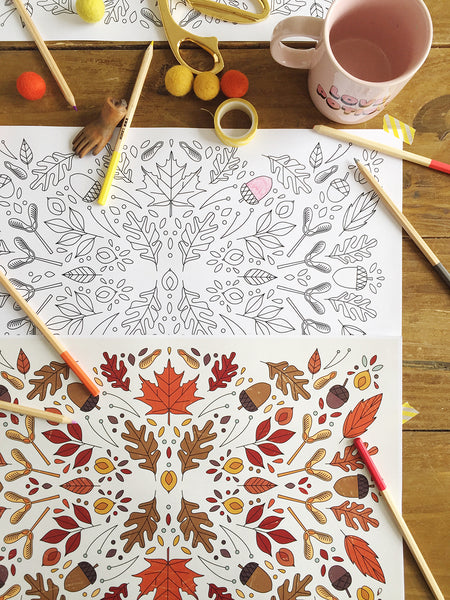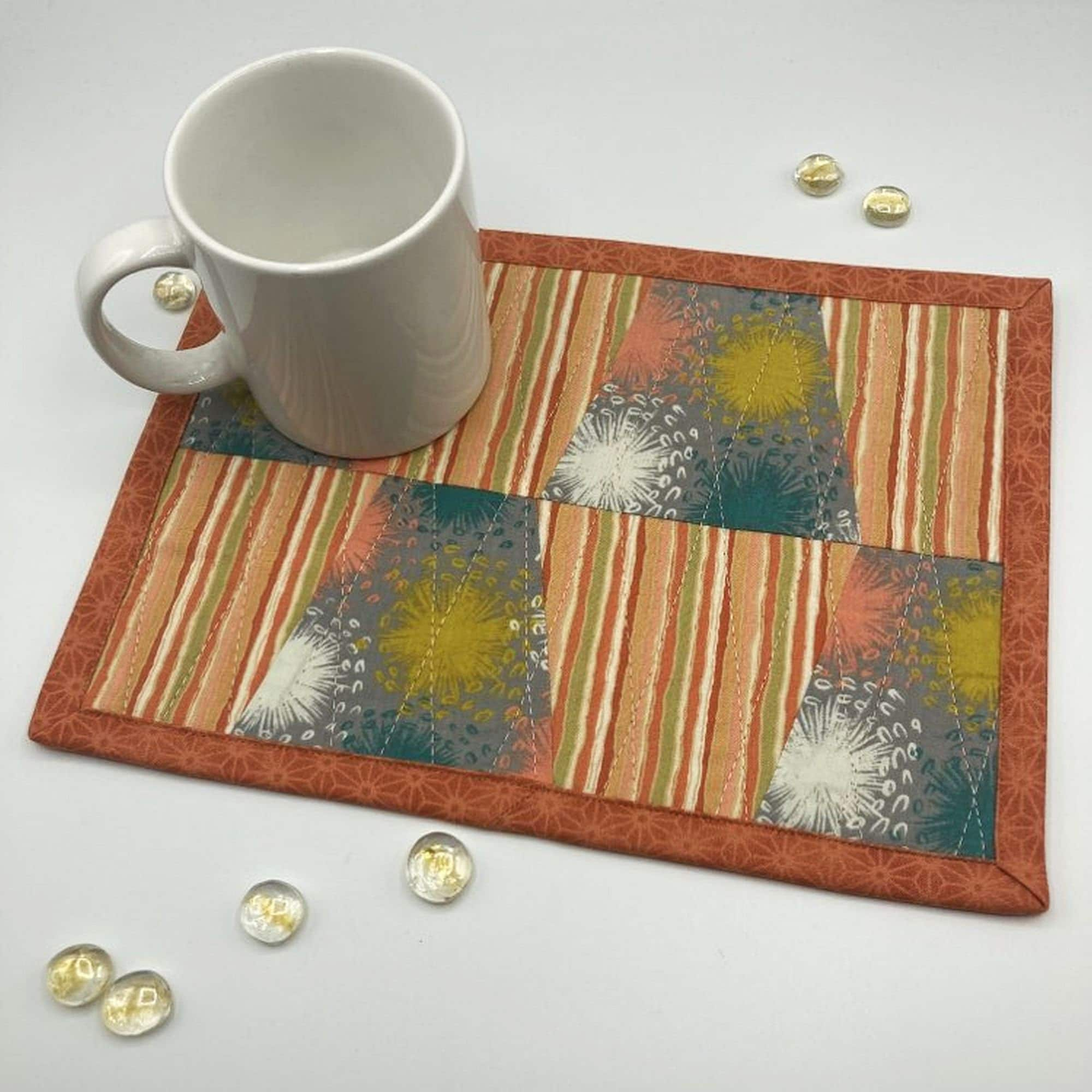Little Known Questions About Top News Sites.
Get This Report on Unique Art
Table of Contents7 Simple Techniques For Unique ArtThe 6-Second Trick For Unique ArtThe Single Strategy To Use For Unique ArtThe Ultimate Guide To Unique Art
While one might debate which art kind holds priority, the reality stays that each of these seven types gives an one-of-a-kind window into human history, culture, and advancement. They are the tapestries that chronicle our trip, advising us of our past while inspiring visions for the future.Great art work tells a tale, makes people look twice, and creates an one-of-a-kind experience that can not be matched. Art and pictures connect all of that with shade, form and various other design components. Find out exactly how to make your unique art work stand apart from the group.
3 Emil DervishIn this entryway by Emil Dervish that lovely cobalt blue door steals the program. To bring a lot more drama, he extended the paint. to the doorframe and the wall surface up, ending up in a curved form. The contours, together with a round sconce, soften the edges - Unique Art. Frames classic posters and maps of beloved areas set the scene.
8 TRIA GIOVANEqual parts grand and laidback, this foyer designed by Anthony Baratta is the perfect plan to follow if you're embellishing an official entry that still really feels unfussy and comfy. Patterned textiles take facility stage (see the carpets and the couch), however they additionally assist bring the high ceilings to a human scale when hung over wallpaper.
What Does Unique Art Do?
18 Heidi Caillier DesignA gallery wall surface doesn't require to take up the entire area. Occasionally a little one can make a larger design declaration. In this living area, Hiedi Caillier opted for micro-mini frameworks and a random structure.
, the expression of ideas and feelings, with the creation of certain aesthetic qualities, in a two-dimensional visual language. The components of this languageits forms, lines, colours, tones, and texturesare utilized in numerous methods to generate experiences of volume, space, activity, and light on a flat surface. These components are incorporated into expressive patterns in order to stand for actual or superordinary sensations, to translate a narrative theme, or to develop wholly abstract visual partnerships.
Later on the concept of the "great artist" developed in Asia and Renaissance Europe. Throughout the 19th century painters in Western societies started to shed their social setting and safe patronage.
Excitement About Unique Art
Others earned an income through visiting exhibits of their job. The requirement to appeal to a marketplace had actually replaced the Click Here comparable (if much less impersonal) needs of patronage, and its impact on the art itself was possibly comparable too. Unique Art. Usually, artists in the 20th century can reach a target market just with business galleries and public galleries, although their job may have been occasionally recreated in art periodicals
For the history of painting in old Egypt, see Egyptian art and design. The growth of paint in various areas is dealt with in a number of articles: Western paint; African art; Central Asian arts; Chinese painting; Islamic arts; Japanese art; Korean art; Native American art; Nautical art and architecture; South Eastern arts; Southeast Asian arts. For a discussion of the forgery of works of art, see bogus. For a conversation of the function of painting and various other arts in faith, as well as of using religious symbols in art, see spiritual symbolism and iconography. For details on various other arts connected to painting, see articles such as attracting; people art; printmaking. It is the feeling of certainty in this formal company that gives a wonderful painting its self-sufficiency and presence. The colours and positioning of the principal pictures in a style might be occasionally mainly determined by representational and symbolic factors to consider. Yet it is the formal interaction of colours and shapes that alone is capable of communicating a particular state of mind, creating see here now optical experiences of space, volume, motion, and light and creating forces of both harmony and stress, even when a painting's narrative significance is obscure.
Do not duplicate the design of other artists if you're searching for your style. my review here Copying other individuals's artwork can be terrific in instructional objectives yet it will not make you closer to discovering your own one-of-a-kind style. Your imaginative style needs to be, what you like and what motivates you.

Little Known Questions About Unique Art.
You require to attempt great deals of different choices and explore every little thing prior to you can focus on one certain style or you'll be tired, or worse, you'll dislike your own design. So I recommend you to try every solitary subject that you have an interest in, explore as high as you can. Attempt various tools that delight you and brand-new methods you have actually never attempted prior to.
With time you'll have the ability to arrange all of them into your favored and the very least favorite classifications. Try to focus your focus on the topics and tools that you like and prior to you see it coming you'll have your own personal and unique style, like no person else have! In the end you'll have a couple of preferred topics to repaint and maybe a couple of preferred mediums.
